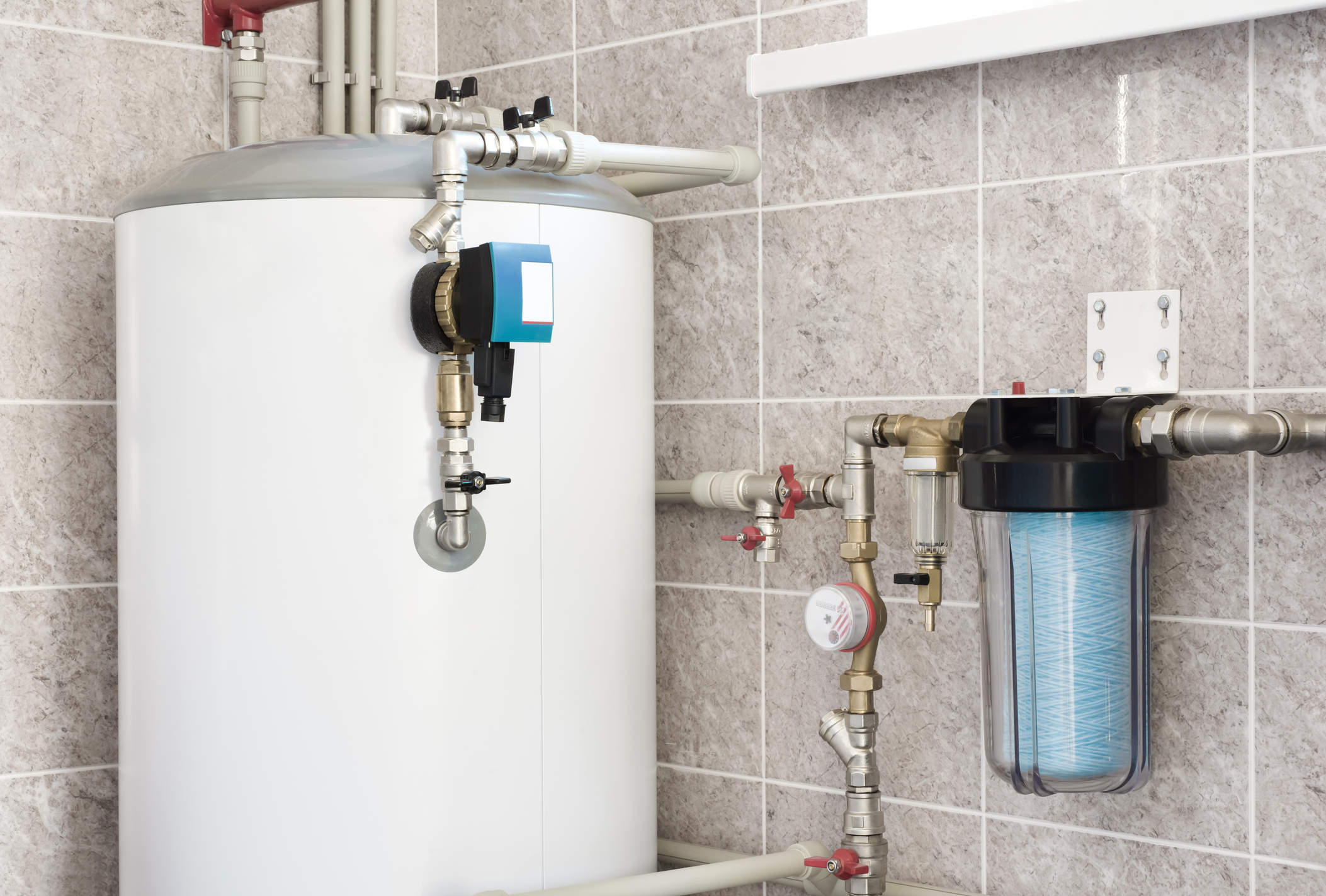Maintaining Your Home's Hot Water System: Important Tips
Maintaining Your Home's Hot Water System: Important Tips
Blog Article
We have come across this post pertaining to How to Maintain a Hot Water Heater in a Few Simple Steps directly below on the internet and decided it made sense to discuss it with you on my blog.

Warm water is essential for day-to-day comfort, whether it's for a revitalizing shower or washing meals. To guarantee your hot water system runs effectively and lasts much longer, regular upkeep is key. This short article gives practical ideas and understandings on how to preserve your home's warm water system to avoid interruptions and pricey repair work.
Intro
Keeping your home's hot water system may appear daunting, however with a couple of straightforward steps, you can ensure it runs efficiently for years to come. This guide covers every little thing from understanding your hot water system to DIY upkeep pointers and knowing when to contact expert aid.
Importance of Maintaining Your Hot Water System
Routine maintenance not only extends the life expectancy of your hot water system but also ensures it operates efficiently. Ignoring upkeep can bring about decreased efficiency, higher energy expenses, and also early failing of the system.
Indicators Your Warm Water System Demands Upkeep
Knowing when your hot water system needs attention can avoid major problems. Watch out for indications such as irregular water temperature level, odd sounds from the heating system, or corroded water.
Purging the Hot Water Heater
Purging your hot water heater gets rid of debris build-up, boosting performance and lengthening its life.
Monitoring and Changing Anode Rods
Anode poles avoid corrosion inside the container. Inspecting and changing them when worn is important.
Complex Concerns Calling For Expert Help
Instances consist of major leakages, electric problems, or if your water heater is continually underperforming.
Routine Professional Upkeep Perks
Professional upkeep can consist of comprehensive examinations, tune-ups, and ensuring conformity with security standards.
Checking and Changing Temperature Level Setups
Adjusting the temperature level settings ensures ideal performance and safety and security.
Do It Yourself Tips for Upkeep
You can do several upkeep jobs yourself to keep your warm water system in leading condition.
Looking for Leakages
Frequently inspect pipelines and links for leaks, as these can lead to water damages and higher costs.
Understanding Your Warm Water System
Prior to diving into upkeep tasks, it's useful to recognize the fundamental components of your warm water system. Usually, this includes the hot water heater itself, pipes, anode poles, and temperature controls.
Monthly Upkeep Tasks
Regular month-to-month checks can assist catch small issues prior to they escalate.
Examining Pressure Alleviation Valves
Checking the pressure safety valve ensures it operates correctly and protects against too much pressure build-up.
Protecting Pipelines
Protecting warm water pipes lowers warm loss and can conserve energy.
When to Call a Specialist
While DIY upkeep is beneficial, some problems need professional know-how.
Verdict
Routine upkeep of your home's hot water system is necessary for efficiency, durability, and price savings. By adhering to these tips and understanding when to look for expert aid, you can ensure a trustworthy supply of warm water without unexpected interruptions.
How to Maintain an Instant Hot Water Heater
Before tinkering with your hot water heater, make sure that it’s not powered on. You also have to turn off the main circuit breaker and shut off the main gas line to prevent accidents. Also turn off the water valves connected to your unit to prevent water from flowing into and out of the appliance. 2. When you’re done, you have to detach the purge valves’ caps. These look like the letter “T†and are situated on either side of the water valves. Doing so will release any pressure that has accumulated inside the valves while at the same time avoid hot water from shooting out and burning your skin. 3. When the purge valves’ caps are removed, you have to connect your hosing lines to the valves. Your unit should have come with three hoses but if it didn’t, you can purchase these things from any hardware or home repair shops. You can also get them from retail stores that sell water heating systems. Read the user’s manual and follow it to complete this task properly. When the hosing lines are connected, open the purge port’s valves. 4. You should never use harsh chemical cleaners or solutions when cleaning your unit. Make use of white vinegar instead. It should be undiluted and you’ll probably use about 2 gallons. 5. Now flush your water heater. This task should probably take about 40 minutes. We can’t give you specific directions for this because the procedure is carried out depending on the type, model and brand of your heater. With that being said, refer to the user’s manual. 6. When you’re done draining the unit, you have to turn off the purge port valves again. Remove the hosing lines that you earlier installed on each of the water valves. Put the valve caps (purge port) back in their respective places and be very careful so as not to damage the rubber discs that are found inside these caps. 7. Now that everything’s back in place, check your user’s manual again to find out how to reactivate your water heating system. 8. Once it is working, turn one of your hot water faucets on just to let air pass through the heater’s water supply pipes. Leave the tap on until water flows smoothly out of it. https://www.orrplumbing.com/blog/2014/september/how-to-maintain-an-instant-hot-water-heater/

Hopefully you enjoyed reading our post about How to Maintain a Hot Water Heater in a Few Simple Steps. Thank you so much for taking a few minutes to read our piece. Enjoyed our content? Please share it. Let other people check it out. I am grateful for being here. Don't hesitate to visit our site back soon.
Click Here Report this page